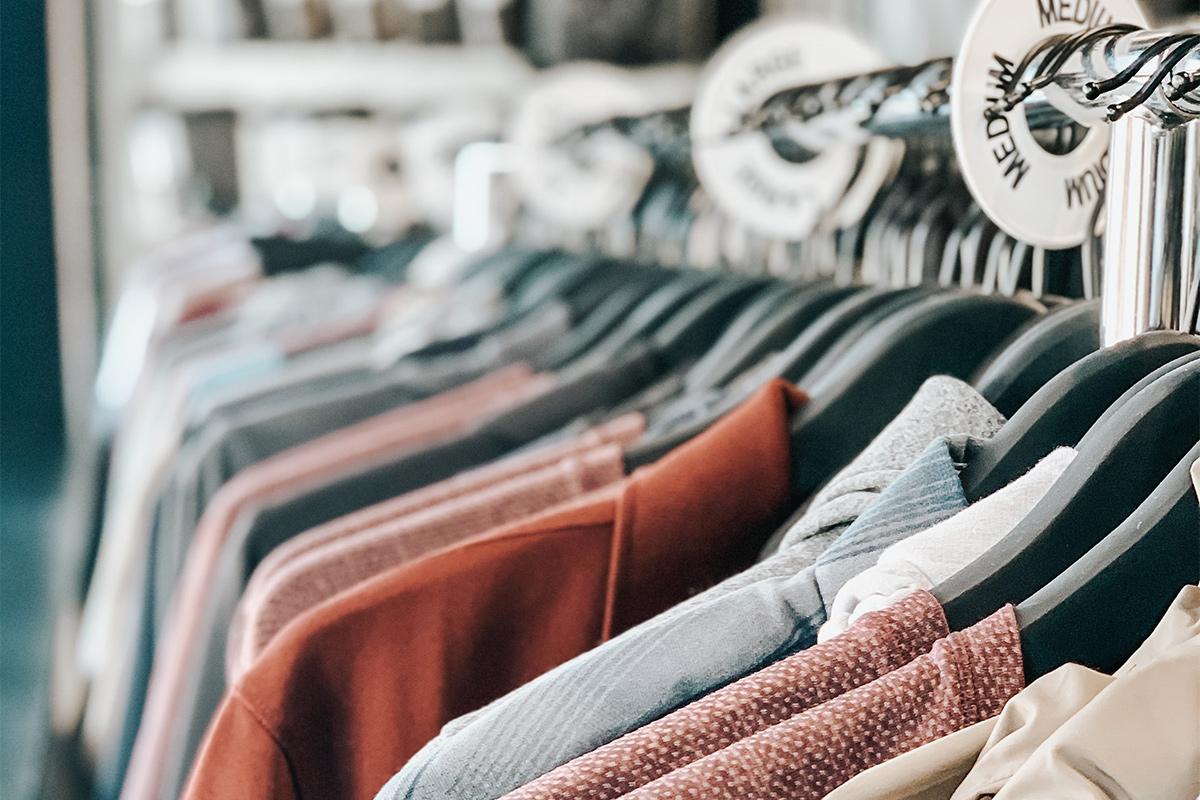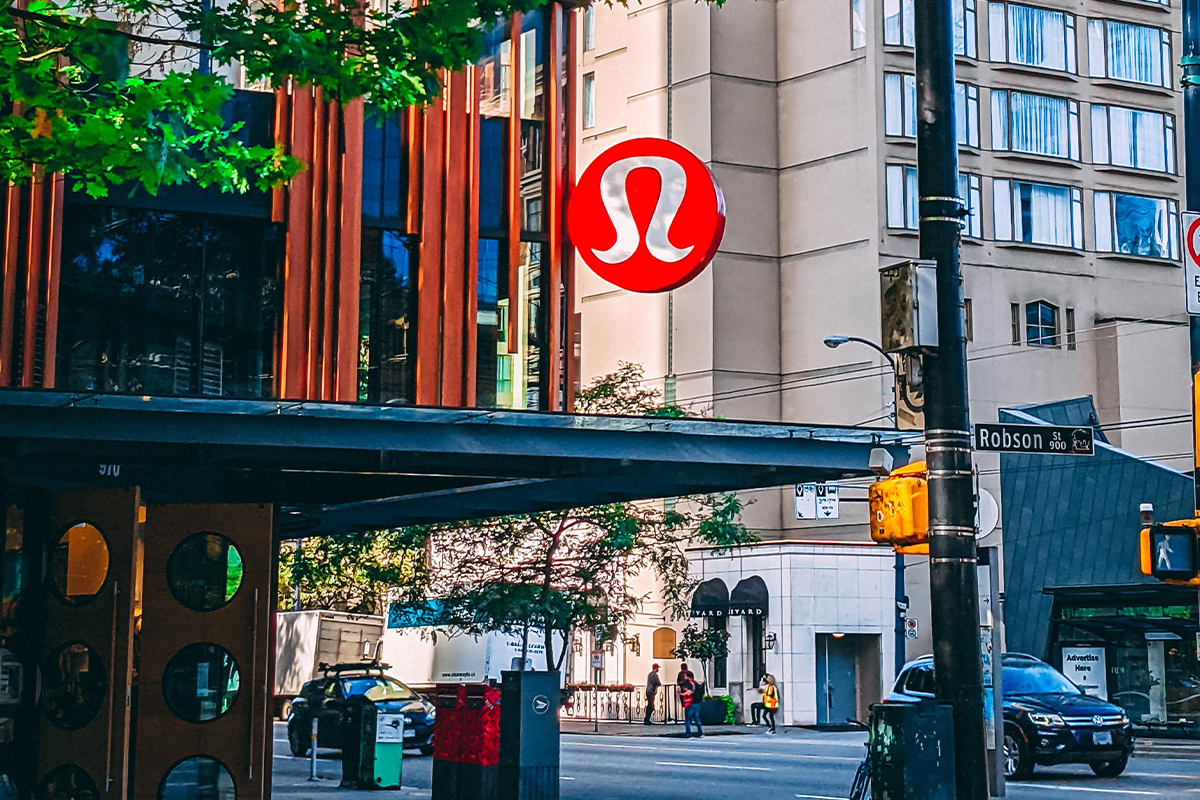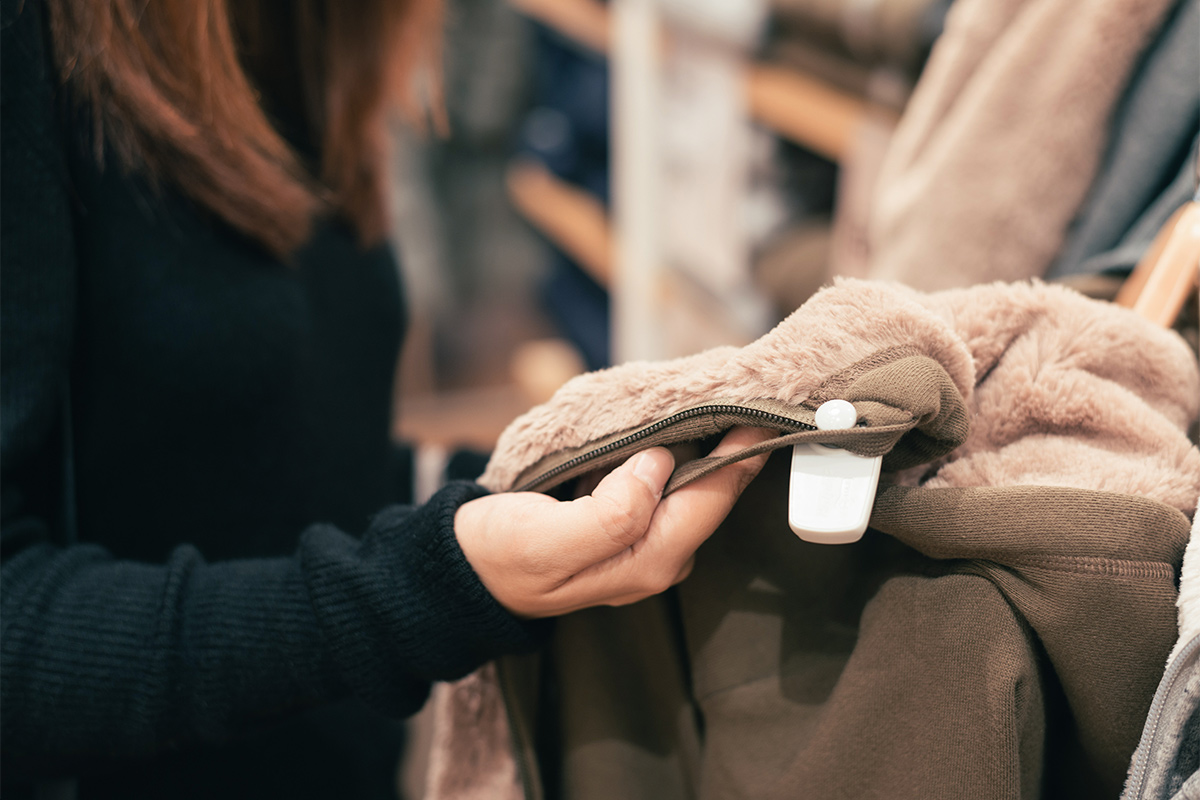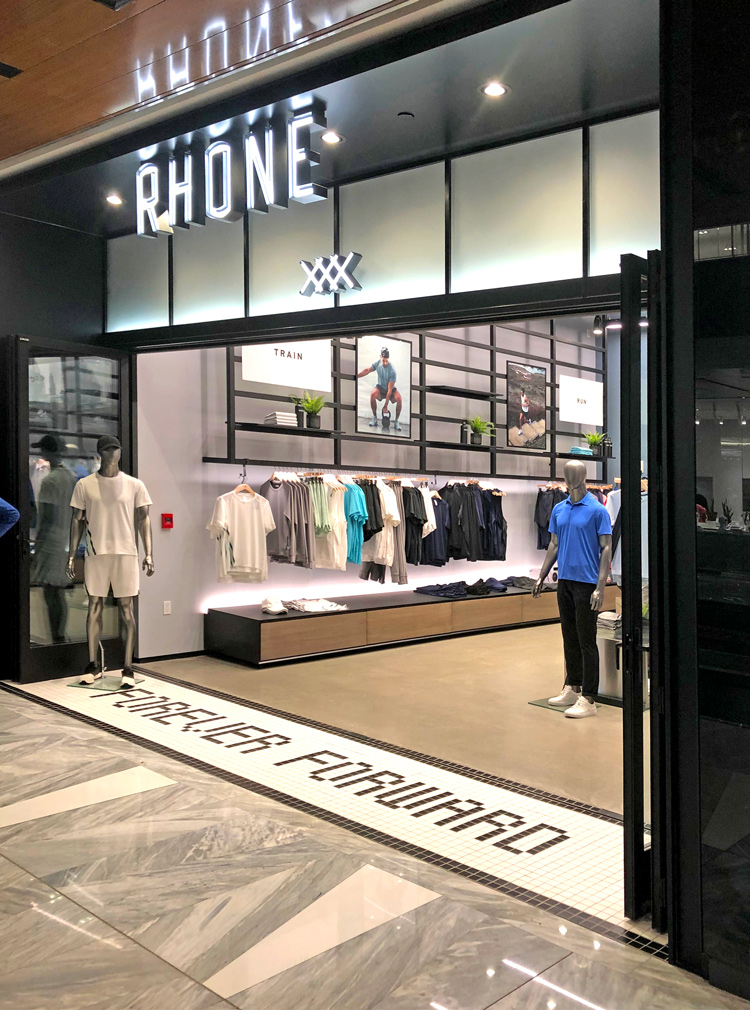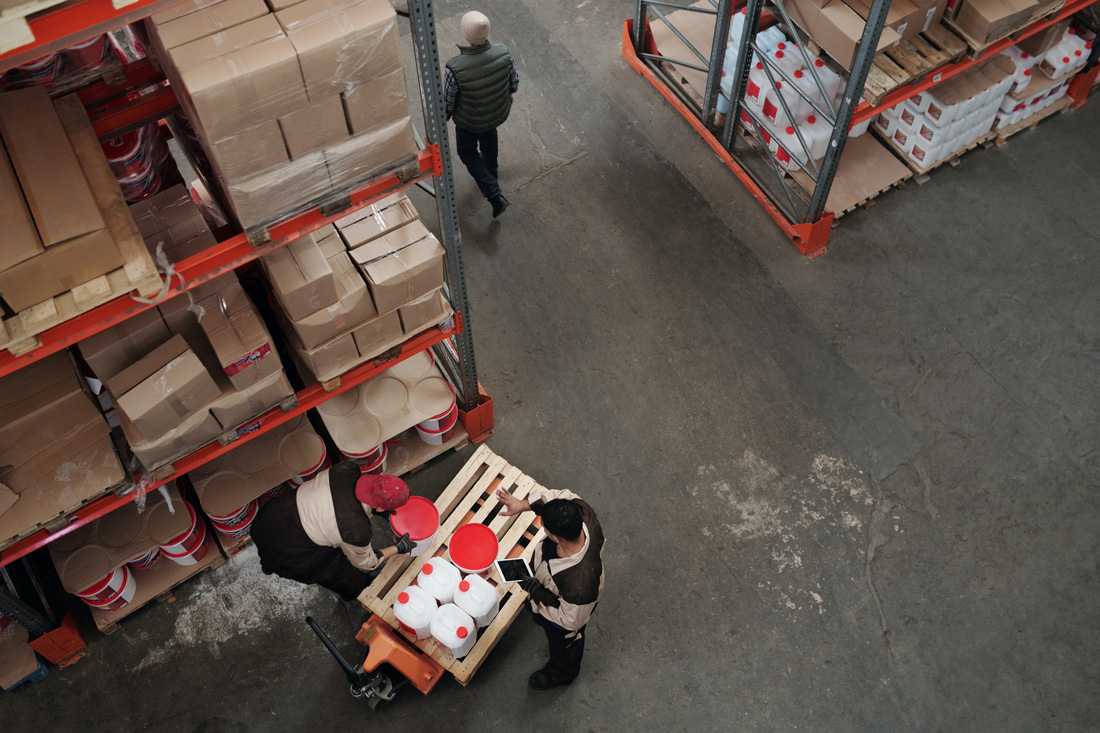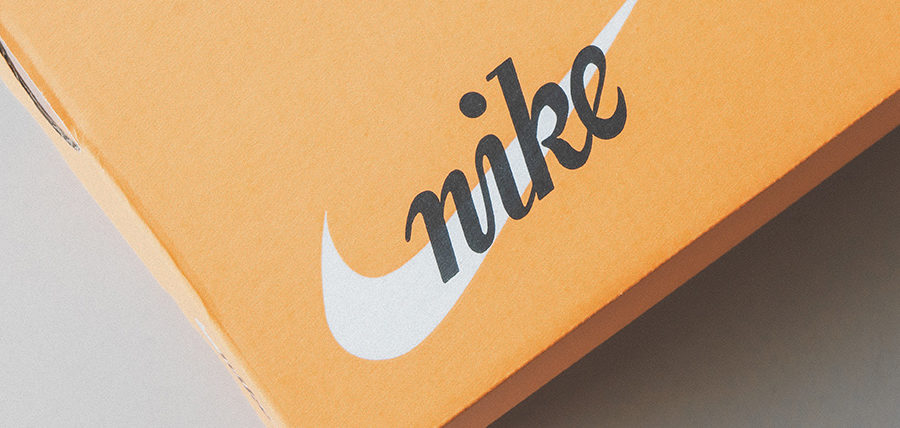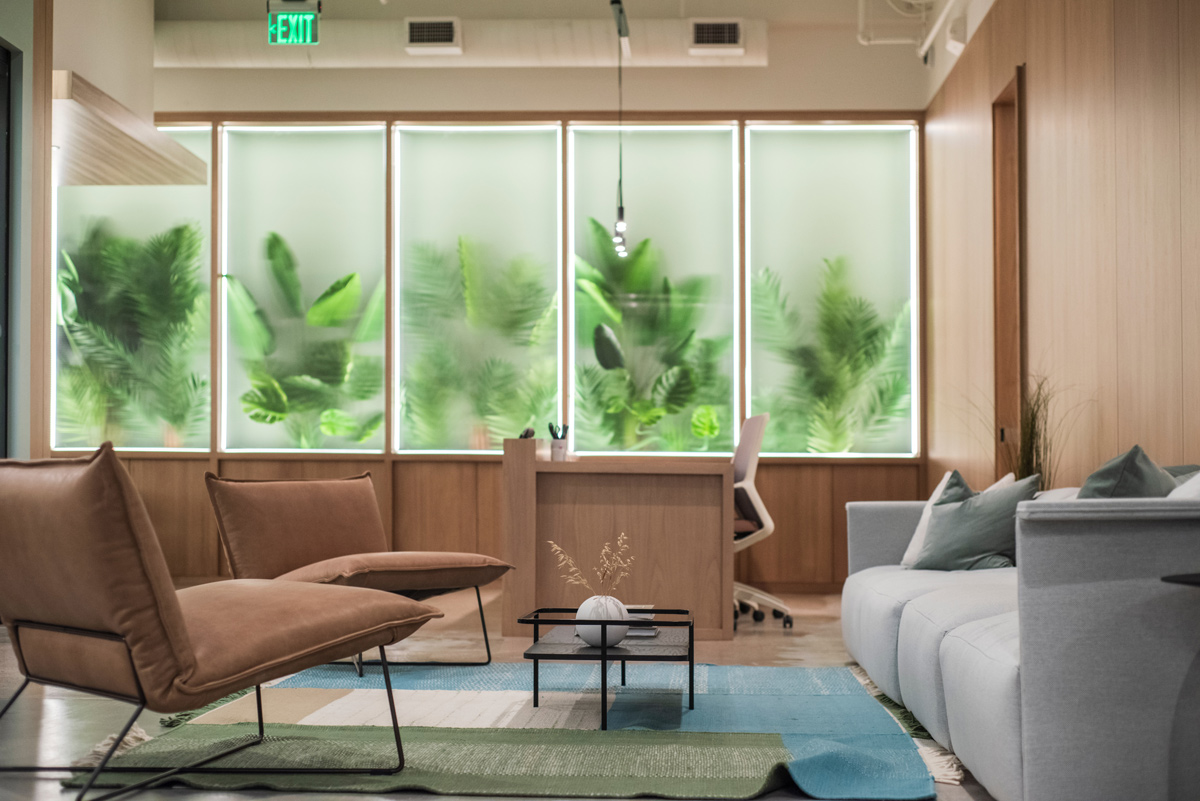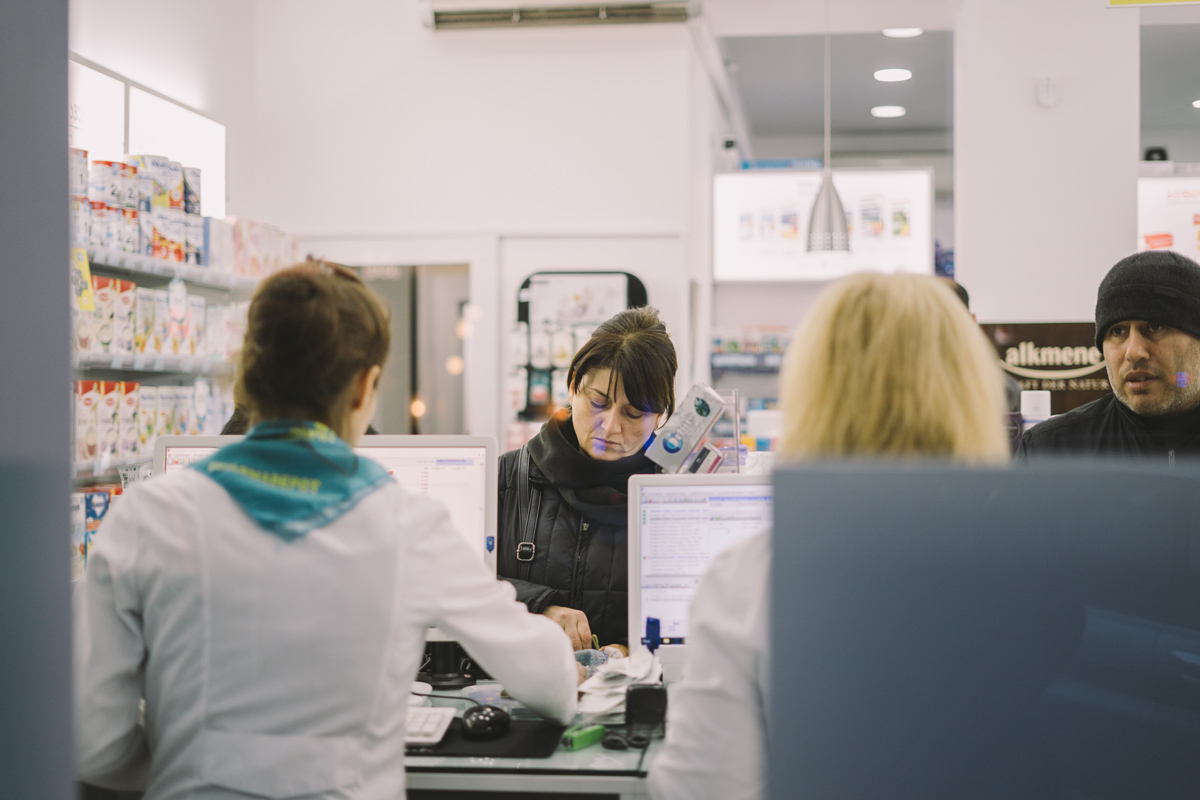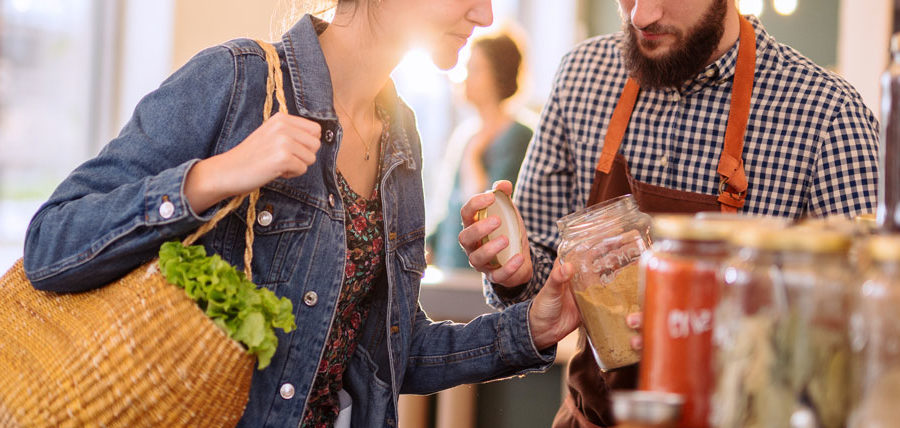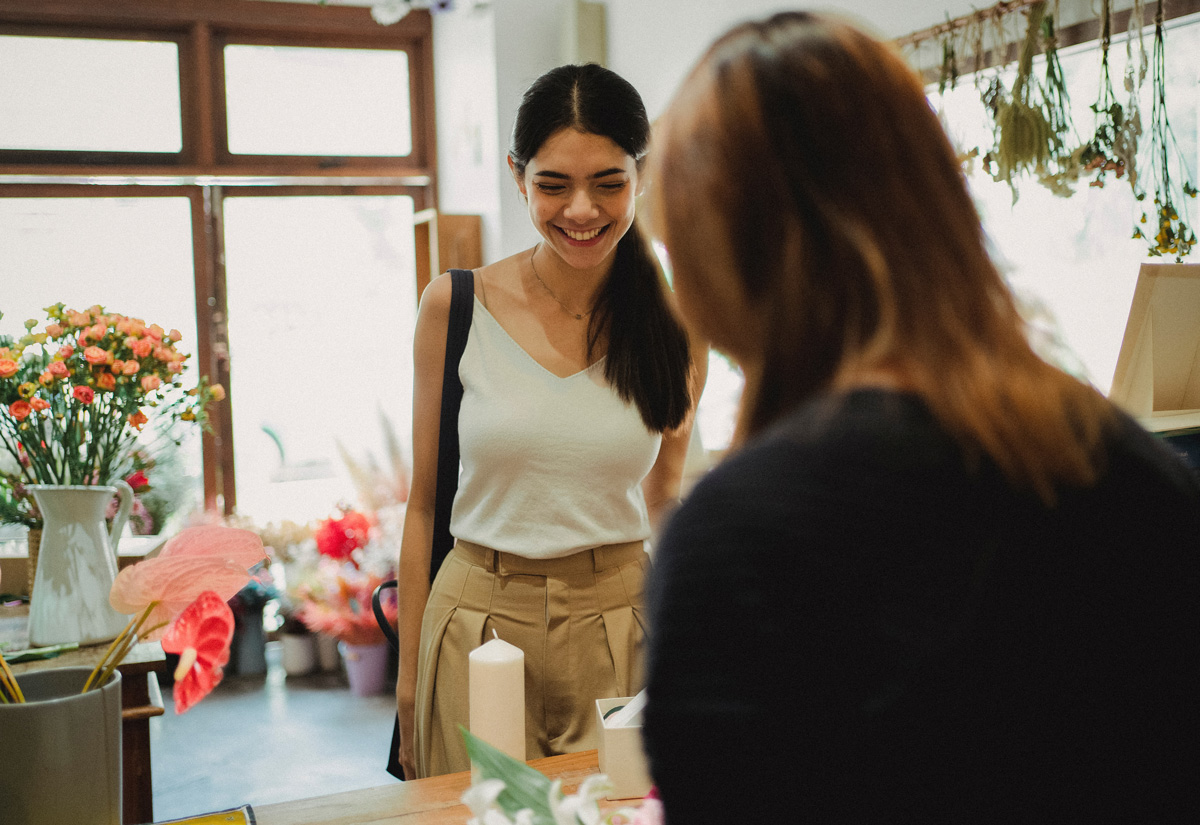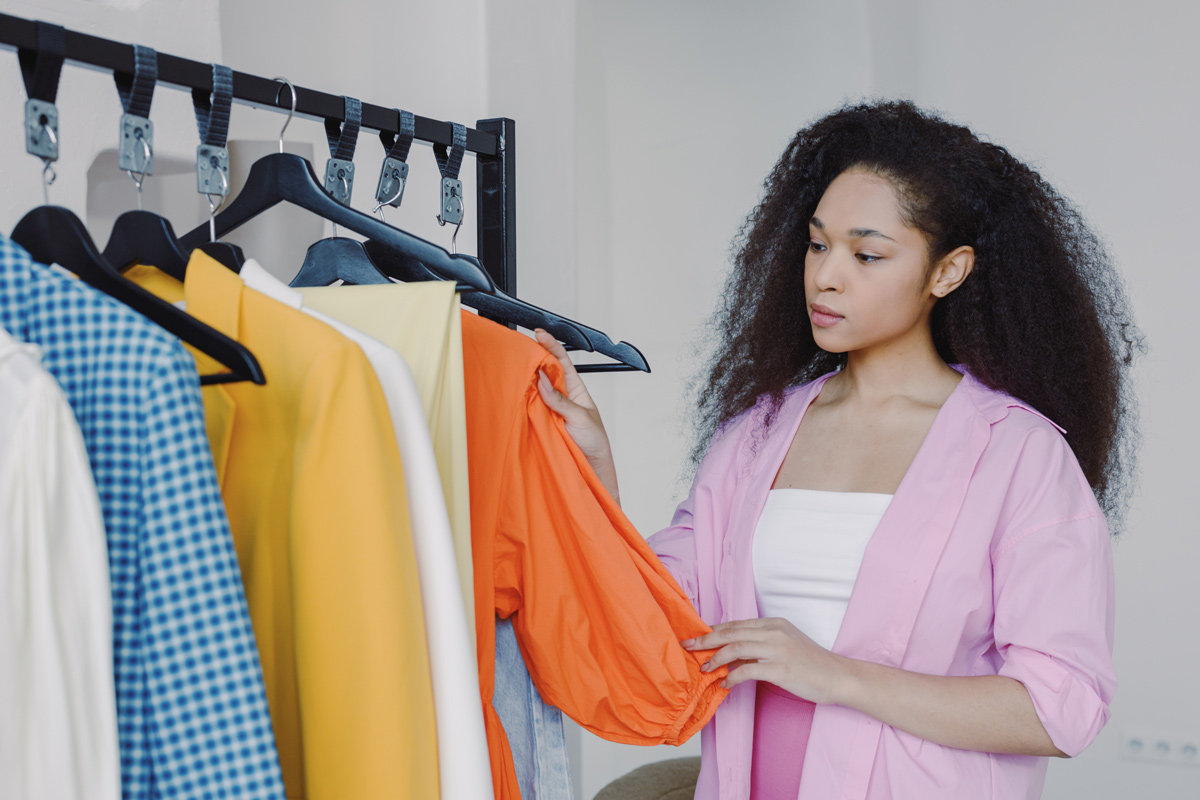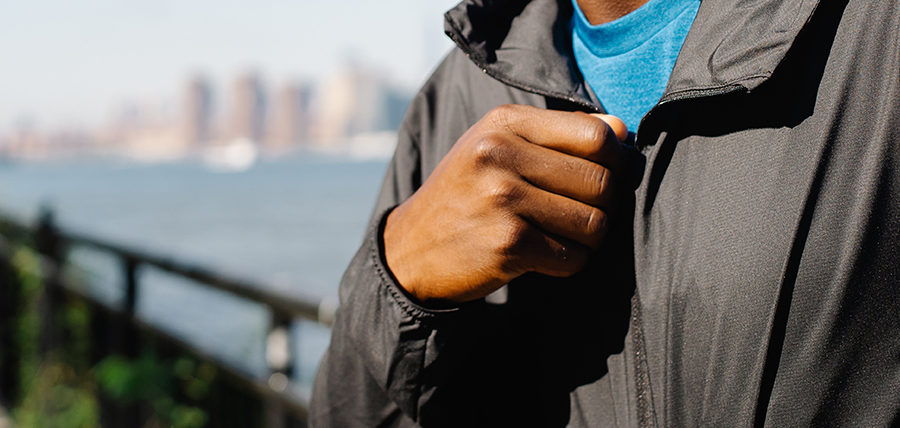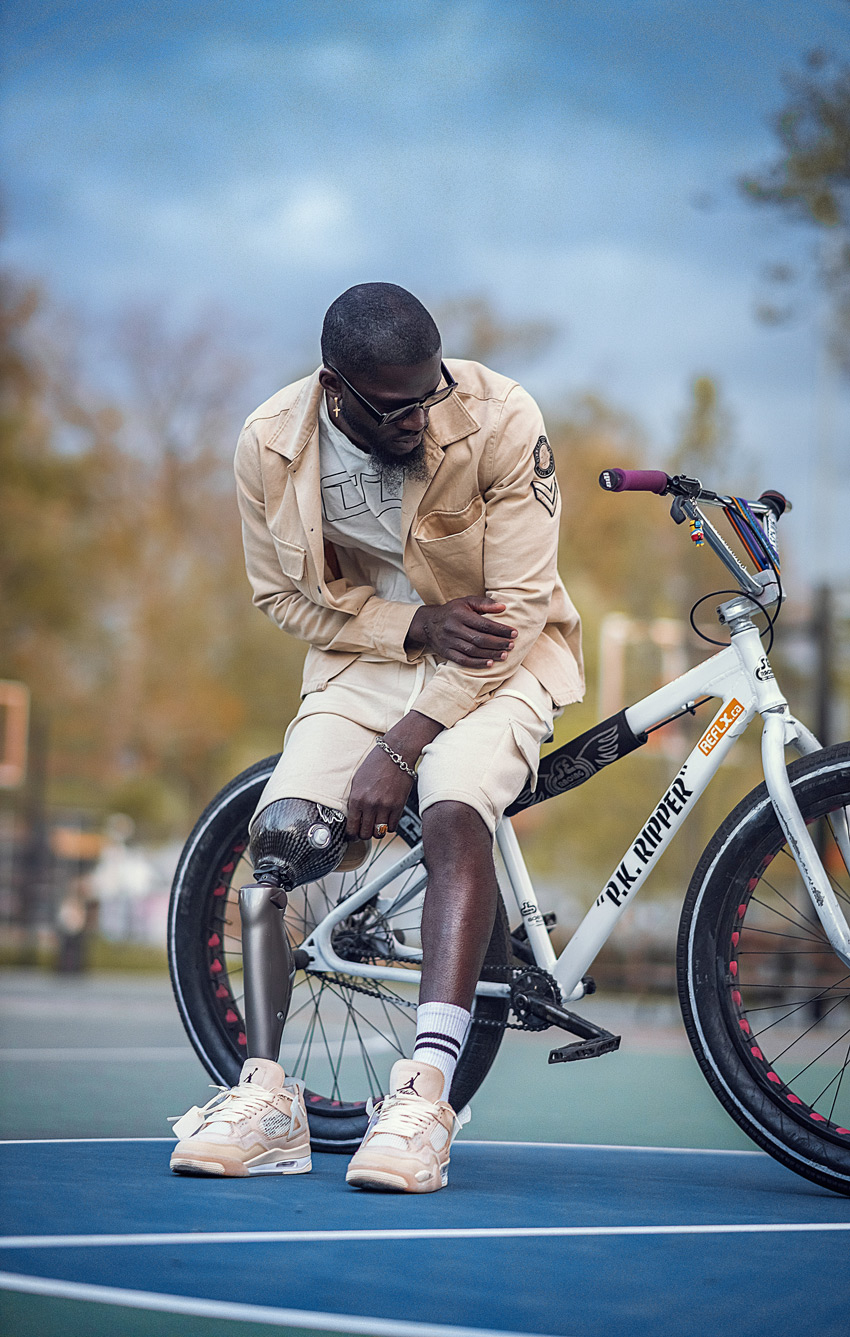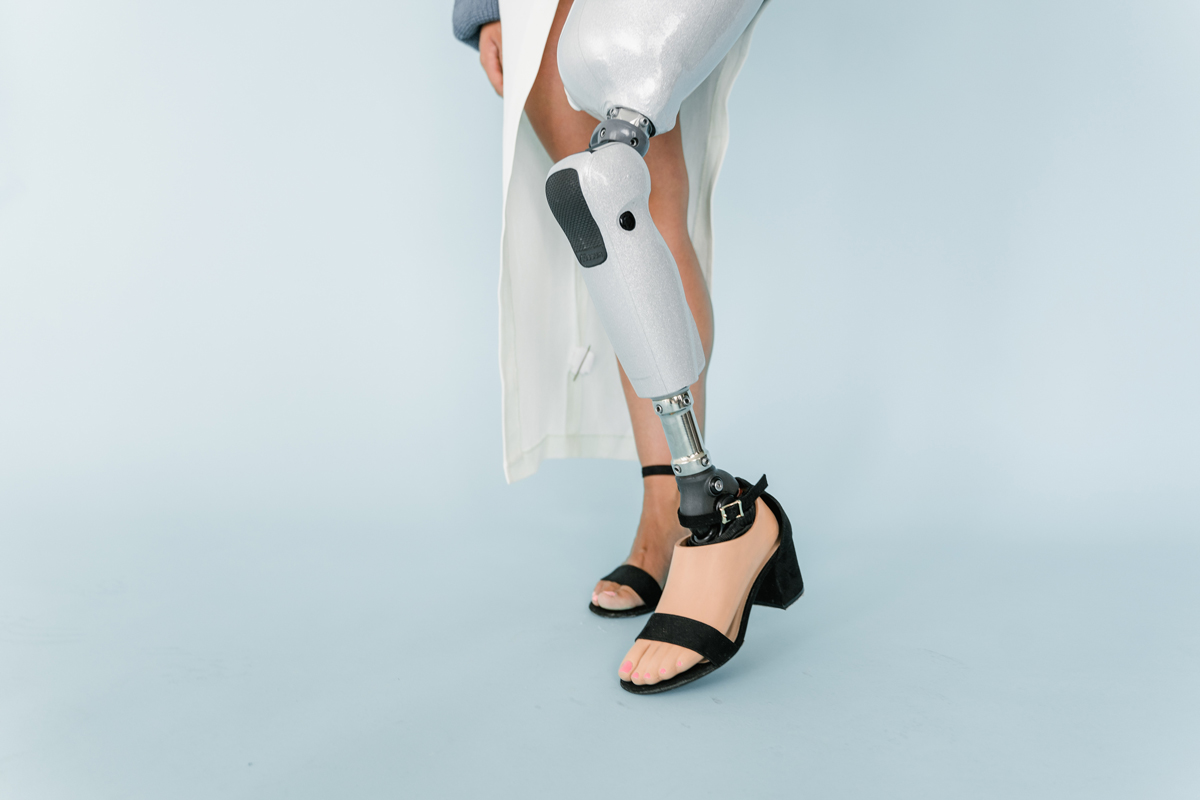There’s just something about being in nature. It helps relieve stress, it makes it possible for us to get in touch with our emotions, and it offers us a great excuse to disconnect from technology. People want to be outside, and they’re not waiting for vacation time to squeeze in a camping trip to the mountain lakes—they’re creating outdoor living spaces at home. Let’s look at the trends.
Outdoor living—or “backyarding”—has “become part of our daily lives,” says Kris Kiser, President & CEO of the TurfMutt Foundation. TurfMutt offers three characteristics of the master backyarder. If you are one of them, you may already be hip to these outdoor living trends.
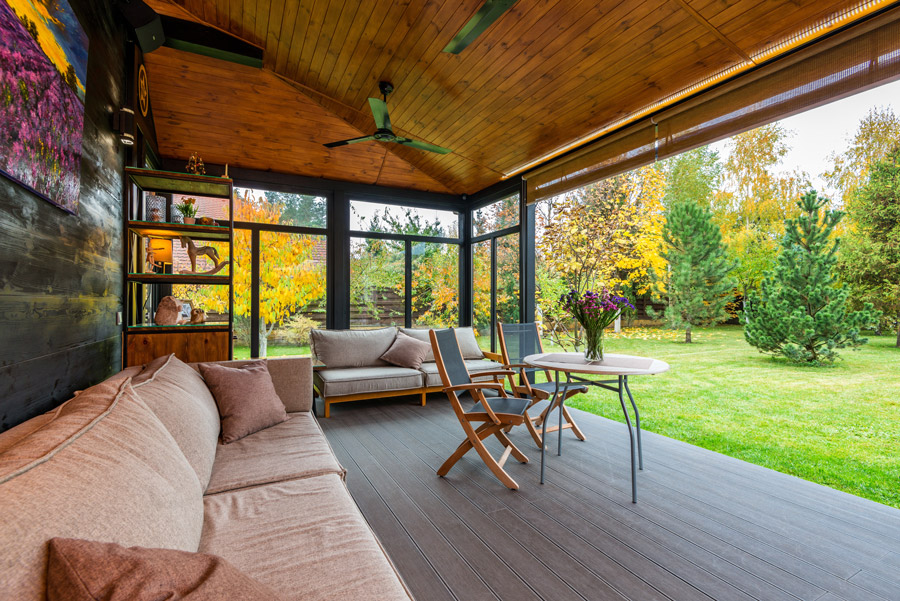
Indoor-Outdoor Design
One of the biggest trends in remodeling is kitchen remodeling—but not just the kitchen. For high-end remodels, it’s about extending the kitchen onto the back porch or deck, creating an indoor-outdoor entertainment space with a cohesive design and an easy flow. During the pandemic, more people started cooking at home and embraced baking; tying that newfound interest to the ability to connect with people in person again has made this one of the hottest trends. Grills – a $5.4 billion industry, with expected growth through 2032, are a big feature. We will see more grills with outdoor stovetops as well as grills with commercial-style pizza ovens and smokers.

Fully Functional Outdoor Kitchens
In addition to grills, homeowners are adding fully functional outdoor kitchens to their backyard spaces—we are talking sinks and dishwashers, refrigerators, and kegerators included, along with a patio cover or a pergola to make it usable more months out of the year. Standalone wood-burning pizza ovens, creative lighting and heating, and comfortable furniture designed for entertainment are also in high demand. Outdoor furniture brands like Outer are capitalizing on the trend, launching neighborhood showrooms where customers can try out their outdoor furniture in other customers’ backyards before investing.
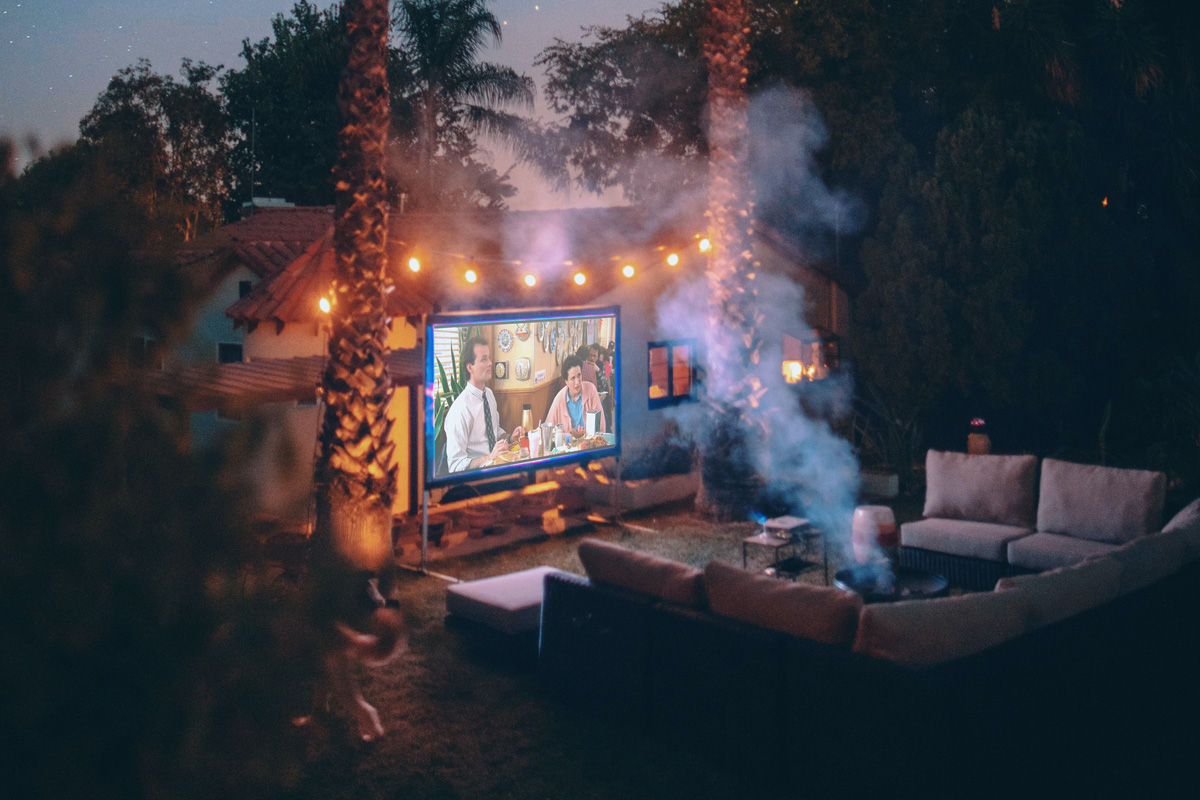
Backyard Theaters
Food may play a central role in outdoor living trends, but these trends extend beyond the kitchen. A popular use of the backyard space is an outdoor theater. Screens, projectors, and comfortable seating is really all it takes to create an experience for the whole crowd. Upscaling the experience, some homeowners are installing fully wired outdoor theaters with screens set into protective alcoves. Conscientious planning means considering the plants growing in the backyard, too—for fragrance and for snacking (think snap peas and home-grown popping corn).

Food Grown at Home
With both an eye on sustainability and a desire for fresh food at a better price, more people are growing food at home. We’re talking about more than just a simple backyard garden, too, although gardens have grown in popularity too. A company called Lettuce Grow is helping lead the way. In a Forbes article, the company is described as “a pioneering new brand helping them take the leap and try home growing for themselves” with a hydroponic garden concept that helped consumers grow and harvest 20% of their own fresh produce, eliminating food waste and reducing water and carbon impact by more than 98%.” Other trends in gardening include creating spaces that support pollinators, moving away from high-maintenance lawns by better incorporating native plants, and making the outdoor garden space a bigger part of the entire outdoor living experience.

Pools and Water Features
Outdoor living is all about turning the backyard into an oasis. It’s no surprise, then, that pools and water features are extremely popular in helping to create the full experience. Pool Magazine spoke to designers who suggest waterfalls, deck jets, and fountains as ways to promote tranquility. The designers explained the techniques they use to create a more contemporary outdoor living space, including:
- Flow and symmetry to visually connect different areas
- Seating that creates areas of comfort and recreation
- Landscaping that encourages a natural and serene environment
- Using cabanas, pergolas, and shade sales to offer protection from the sun
- Lighting that creates a warm and inviting atmosphere and allows the outdoor space to be used after the sun sets
- Sustainable, eco-friendly designs, like solar heaters for pools
- Smart tech like AI-powered pool fences and cleaning robots
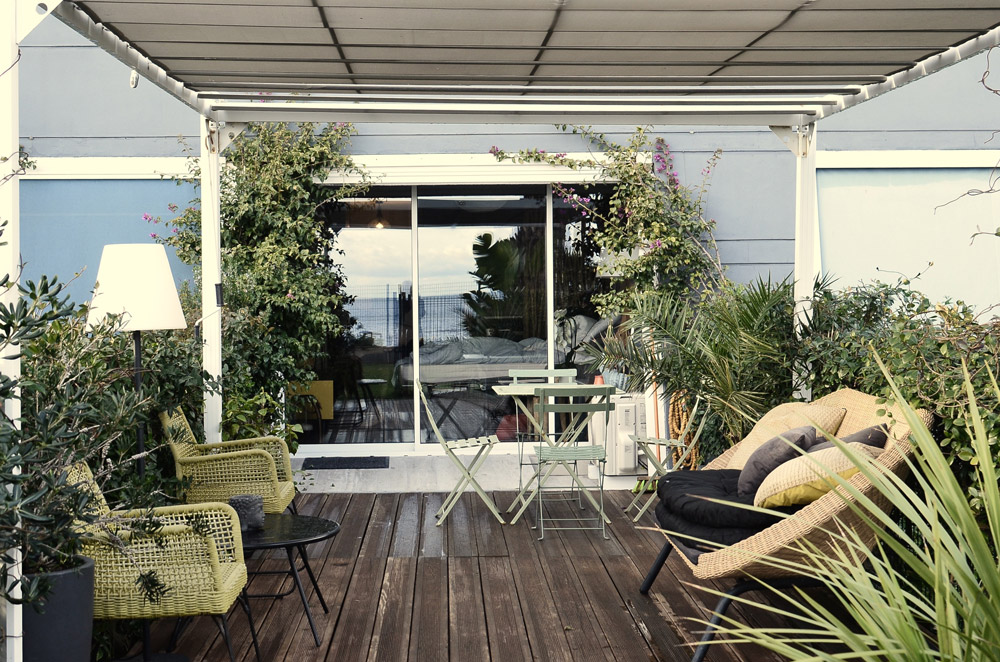
Work-from-Home Spaces
Also born from the pandemic, work from home is here to stay for at least half the workforce, whether it’s all the time or part-time. But most WFH veterans are well beyond the point of squeezing the office into a corner of the living room or bedroom. Today’s work-from-home offices are upscale designs, and the latest trend is to create a workspace in the backyard— a separate building designed to make the workspace a joyful experience separate from homelife but without the commute. House Digest offers 30 different backyard office designs inspired by this trend.
Bringing the Outside In
Homeowners aren’t just expanding their living spaces outside. They’re also bringing the outside in. Apartment Therapy explains the trend and predicts that it will eclipse indoor-outdoor living: “Think of outdoor-indoor living as inviting nature indoors regardless of whether you’re surrounded by towering pine trees or towering skyscrapers. Designers and architects are looking more to traditional outdoor finishes (like stone, slate, and untreated wood) to breathe life into interiors and create a connection between daily life and the nature that surrounds us.”
From backyard entertainment to luxurious oases, outdoor living at home is hitting its stride.
















